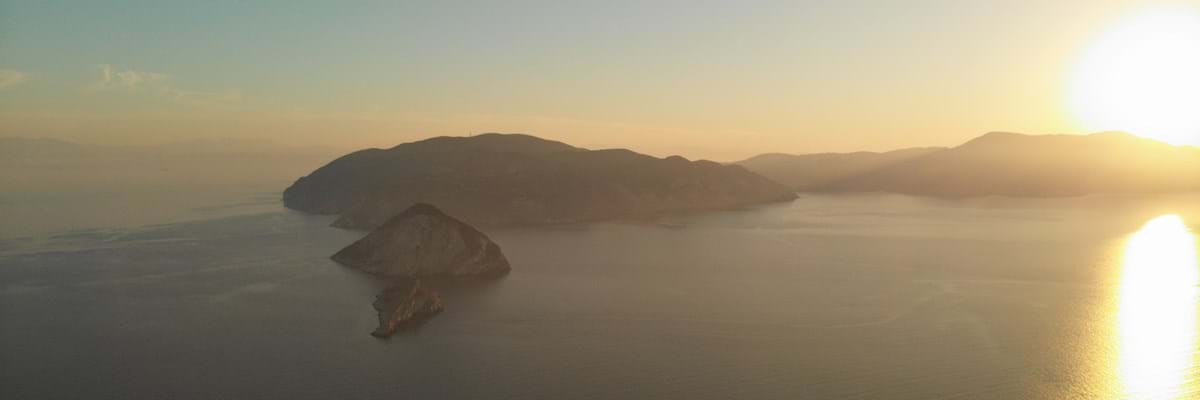Discoveries in the red soil have led archaeologists to think that one of the lovely remote beaches on Alonissos was the site of a city called Ikos that thrived in ancient times.
Swimmers in the sea off beautiful Kokkino Kastro beach on Alonissos who take a moment to look at the red cliffs behind the beach may not realise it – but they are looking into ancient history.
This tranquil beach is probably the site of the island’s capital city two or three thousand years ago. In those distant days Alonissos was called Ikos and that was also the name of the city thought to have stood on or near the fist-shaped headland at Kokkino Kastro.
Remains of an ancient city wall, fragments of pottery, tombs and gravestones have been discovered there and it is said that the remains of an ancient city have been seen under the sea. In those days sleepy Alonissos was a busy and wealthy island, well-known for its wine and conveniently on the main shipping routes of the age.
But habitation of the area may go back much, much further. Archaeologists have unearthed Stone Age tools nearby, thought to be the oldest signs of human existence in the region.
Even the name Kokkino Kastro holds an historic clue. It means Red Castle. Intriguing, yes, but the history only enhances this delightful sand (red of course) and pebble beach on the south-east coast. It’s about four miles from Patitiri and is reached via a short walk from a parking area on one of the asphalt roads. There’s a small island just offshore.
Sunbeds, umbrellas and, sometimes, canoes can be rented. Locals recommend that visitors take snacks and drinks although a cantina does open there sometimes. Locals also say those lovely red cliffs make a stunning picture when the sun is setting.
Date last updated:



